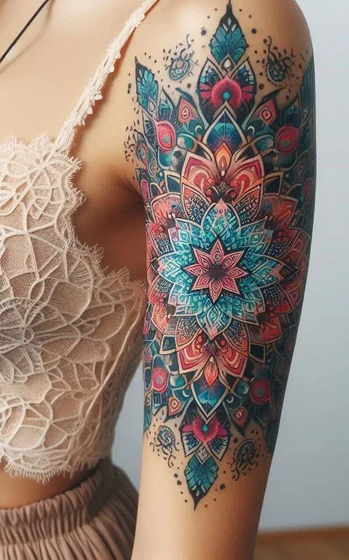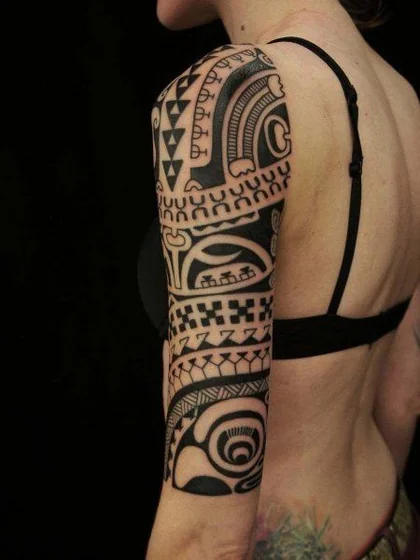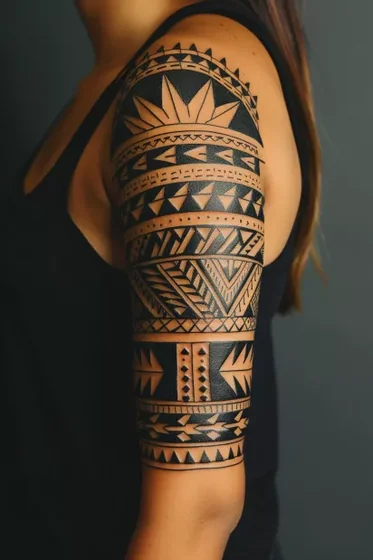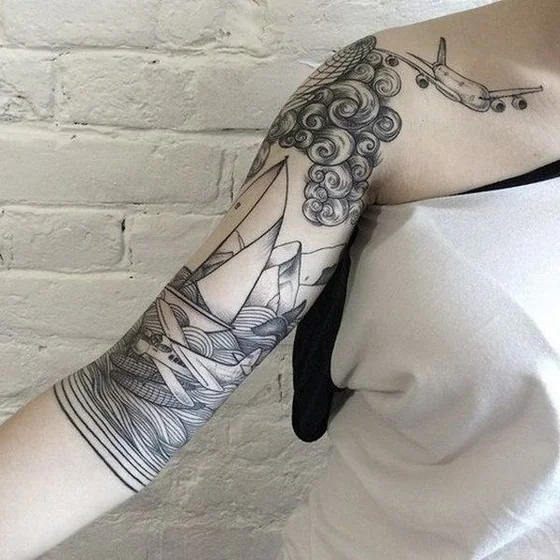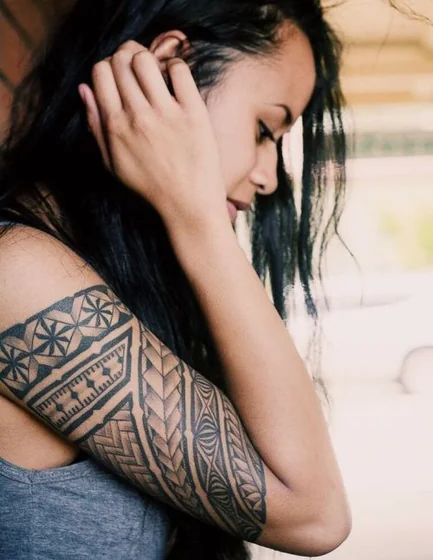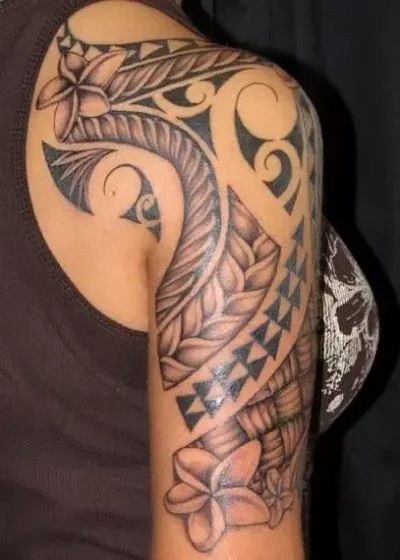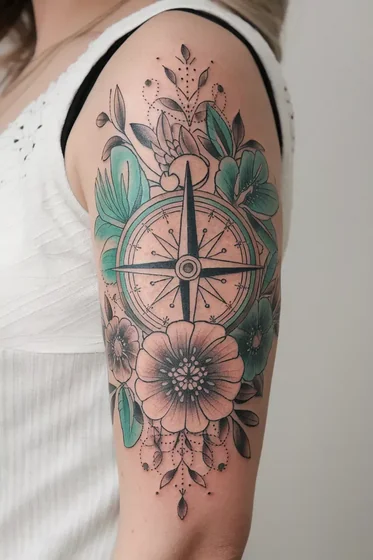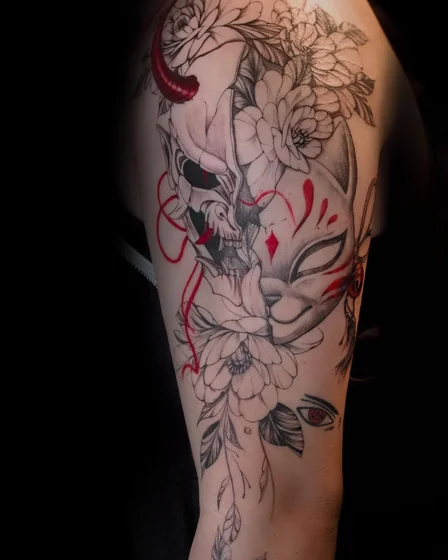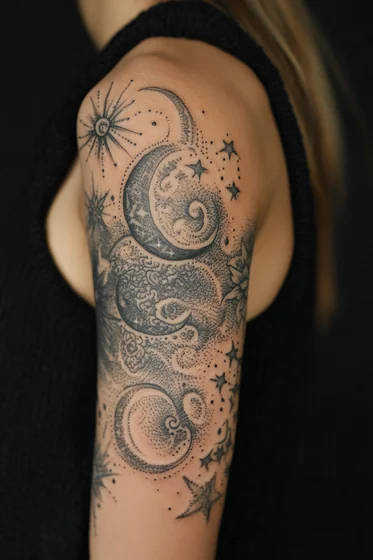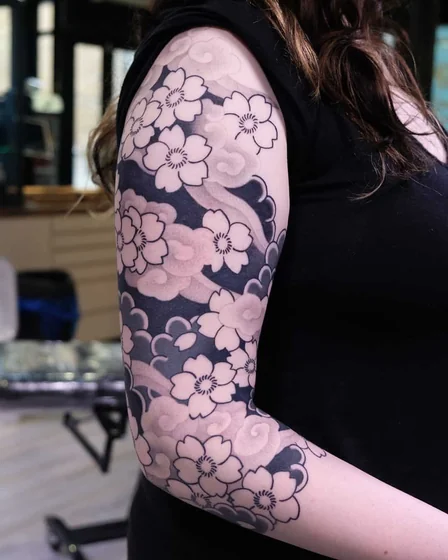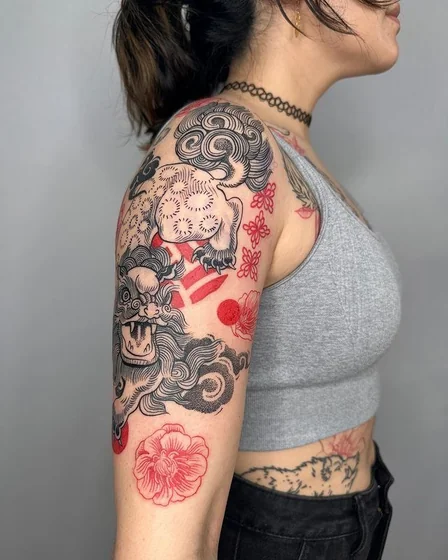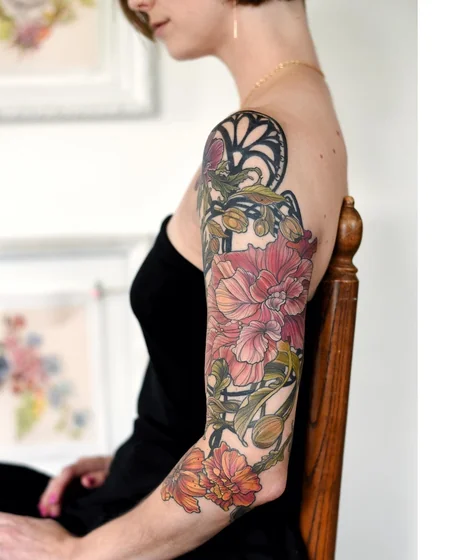Filters
Tattoo Ideas
Start Your Tattoo Design Journey
0Tattoos Designed This Week On Tatspark
Now in Beta — share your feedback and shape what's next.
Building Compositions That Complement Natural Movement
Feminine pieces gain power through flow, not force. Your arm moves constantly—gesturing during conversation, reaching, resting on surfaces—so your design should reveal different perspectives with each angle. Floral compositions work brilliantly here: position blooms on the outer forearm where they're visible during handshakes, then let vines and leaves spiral around to the inner arm, creating an intimate reveal when you turn your wrist.
Delicate line work and soft shading create sophistication, but they require maintenance commitment. Fine details blur faster than bold work—expect touch-ups every 3-5 years to keep petal edges crisp and script readable. Watercolor washes fade quickly in sun-exposed areas; if your lifestyle involves outdoor activities or driving with your arm in sunlight, request slightly heavier pigment saturation during application.
Composition Philosophies for Graceful Aesthetics
Floral-Centered vs. Ornamental Frame vs. Ethereal Abstract
- Floral-Centered: Roses, peonies, or wildflowers as primary subjects with organic filler | Aesthetic: Romantic, nature-connected, timeless appeal | Flexibility: Easy to extend upward into full sleeves or add complementary pieces
- Ornamental Frame: Lace patterns, mandala sections, jewelry-inspired motifs | Aesthetic: Regal, structured elegance, heirloom quality | Consideration: Requires precise symmetry—choose artists specializing in ornamental dotwork
- Ethereal Abstract: Watercolor splashes, constellation maps, flowing smoke or ink effects | Aesthetic: Artistic, unique, conversation-starting | Longevity: Needs most frequent touch-ups due to soft edges and light color saturation
Floral designs offer most versatility for later additions—you can always grow the garden. Ornamental work creates immediate sophistication but demands commitment to the style. Abstract approaches make the boldest artistic statement but require finding artists who excel in this less traditional technique.
Placement Strategy for Diverse Arm Types
Slender arms showcase intricate detail beautifully but can feel overwhelmed by excessive coverage. Aim for 50-60% skin breathing room—this prevents the "overcrowded" effect and maintains elegance. Wrap designs around the outer curve rather than completely encircling; this creates a bracelet effect that draws eyes upward toward your shoulder.
Curvier or athletic builds handle more coverage gracefully. Fuller arms benefit from wraparound compositions that use your arm's dimensions to create depth—foreground elements on the outer arm, background details extending to the inner side. This layering technique adds sophistication while balancing proportions. Athletic muscle definition can either enhance or compete with your design; discuss with your artist whether to emphasize or soften muscle lines through strategic shading.
Lifestyle Integration and Wardrobe Considerations
Your clothing habits should drive placement decisions as much as aesthetics. If you live in sleeveless tops and summer dresses, treat your ink as a permanent accessory—it'll be visible in every photo and professional interaction. Center your most meaningful elements where they frame your silhouette when photographed from the side.
Professional environments vary wildly. Creative industries, healthcare, and education increasingly accept visible work, but conservative corporate settings still create friction. If you need coverage flexibility, weight your design toward the upper forearm (easier to hide with 3/4 sleeves) while keeping the lower forearm and wrist more minimal. Some clients build in phases—complete the upper portion first, then assess career trajectory before extending to highly visible wrist areas.
Social considerations matter too. Family gatherings, weddings, and formal events may require temporary concealment. High-coverage foundations designed for body use work well for special occasions, but they're impractical for daily wear. Consider whether you're comfortable explaining your choices to relatives or strangers—a piece this prominent invites commentary, so emotional readiness matters as much as aesthetic preference.
Compare with masculine composition approaches to understand gender-specific design priorities.

